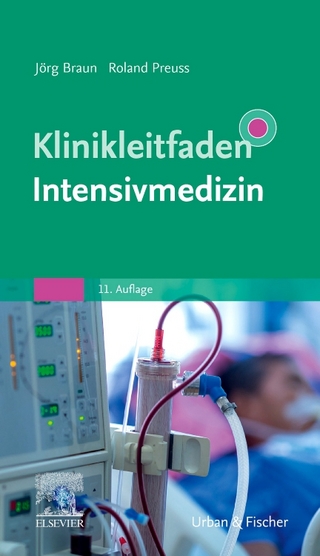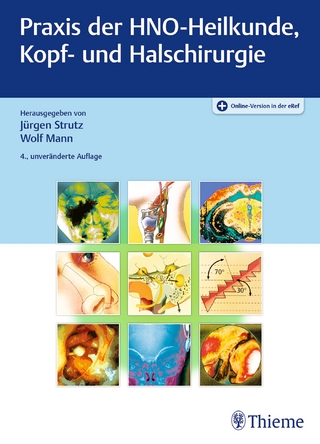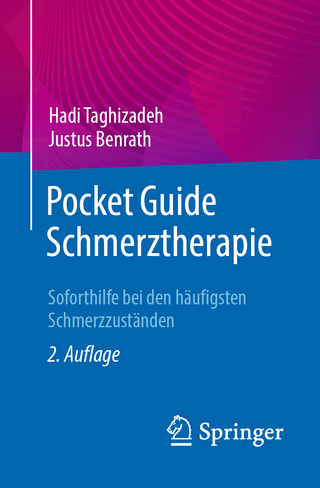
The Acoustic Reflex
Academic Press Inc (Verlag)
978-0-12-643450-7 (ISBN)
- Titel ist leider vergriffen;
keine Neuauflage - Artikel merken
Contributors
Foreword
Preface
1 Neurophysiological Basis of the Acoustic Middle-Ear Reflex
Anatomy of the Stapedius-Reflex Arc
Basic Characteristics of the Acoustic Middle-Ear Reflex
Effects of Middle-Ear Muscle Contractions
Concluding Remarks
References
2 Impedance Concepts Relating to the Acoustic Reflex
The Impedance at the Probe Tip
The Concept of Impedance
Impedance Changes during the Acoustic Reflex
The Choice of Probe Tone
Concluding Remarks
Appendix: A Mathematical Treatment of the Relationship between Mechanical, Acoustic, and Electrical Impedance
References
3 Theories of Middle-Ear Muscle Functions
Theories of Function: General Historical Background
Review of the Theories of Function
Evolution of a Theory of Choice: Intensity Control-Protection Theory
Comparative Analysis of Middle-Ear Muscle Structure and Function as a Basis for a Revised Theory
Middle-Ear Muscle Function: Prevention of Desensitization, Interference, and Injury
Concluding Remarks
References
4 Evaluation of the Response Time of Acoustic- Immittance Instruments
Definitions
Measurement of the Dynamic Properties of Acoustic- Immittance Instruments
Concluding Remarks
References
5 The Contralateral Acoustic-Reflex Threshold
Measurement Variables
Normal Acoustic-Reflex Thresholds
Low-Level Reflex Thresholds
Temporal Integration of the Acoustic Reflex
Reflex Thresholds for Speech Activators
Infants and Young Children
Effects of Aging
Conductive Hearing Loss
Sensorineural Hearing Loss
Retrocochlear (Eighth-Nerve) Pathology
Central Nervous System Disorders
Concluding Remarks
References
6 Prediction of Hearing Loss from the Acoustic-Reflex Threshold
Methods Predicting the Magnitude of the Hearing Loss
Methods of Identifying the Presence of Hearing Loss
Concluding Remarks
References
7 Magnitude and Growth of the Acoustic Reflex
Intersubject Variability in Immittance Change during Acoustic-Reflex Contraction
The Dynamic Range of the Acoustic-Reflex Growth Function
The Effect of Age on the Acoustic-Reflex Growth Function
The Effect of Activator Frequency on the Acoustic-Reflex Growth Function
The Effect of Probe-Tone Frequency on the Acoustic-Reflex Growth Function
The Acoustic-Reflex Growth Function for Ipsilateral, Contralateral, and Bilateral Stimulation
The Effect of Sensorineural Hearing Loss on the Acoustic-Reflex Growth Function
The Effect of Retrocochlear Pathology on the Acoustic-Reflex Growth Function
The Effect of Conductive Pathology on the Acoustic-Reflex Growth Function
Concluding Remarks
Appendix: Quantification of Acoustic-Reflex Magnitude
References
8 The Ipsilateral Acoustic Reflex
Methods of Acoustic-Reflex Measurement
Ipsilateral Acoustic-Reflex Measurement
Characteristics of the Ipsilateral Acoustic Reflex
Detection of Hearing Loss with Ipsilateral Acoustic-Reflex Thresholds
Commercial Instrumentation
Concluding Remarks
References
9 Acoustic-Reflex Latency: State of the Art
Recording Methods
Stimulus Parameters Affecting Acoustic- Reflex Latency
The Concept of Acoustic- Reflex Latency
The Method of Investigation in Our Laboratory
The Results of Our Investigation
Concluding Remarks
References
10 Acoustic-Reflex Adaptation
Introduction
Measurement Problems Encountered with Acoustic- Reflex Adaptation
Historical Antecedents
Normal Acoustic- Reflex Adaptation Data
Abnormal Acoustic- Reflex Adaptation Data
Recommended Procedures for Obtaining Clinical Measures of Acoustic-Reflex Adaptation
Concluding Remarks
References
11 Acoustic and Nonacoustic Reflex Patterns in Audiologic Diagnosis
Acoustic- Reflex Pathways
Non Acoustic- Reflex Pathways
Diagnostic Applications
Diagnostic Profiles
Concluding Remarks
References
12 Acoustic Reflex in Industrial Noise
General Background
Aims of This Study
General Methods
Results
Discussion
Concluding Remarks
References
13 The Effect of Drugs and Systemic Disease on the Acoustic Reflex
Neuromuscular Junction
Drugs
Systemic Disease
Concluding Remarks
Appendix: Abbreviations and Definitions of Medical Terms
References
14 Acoustic Reflex and Loudness
Introduction
Normal Ears
Conductive Pathology
Cochlear Pathology
Retrocochlear Pathology
Concluding Remarks
References
Index
| Erscheint lt. Verlag | 4.9.1984 |
|---|---|
| Verlagsort | San Diego |
| Sprache | englisch |
| Gewicht | 880 g |
| Themenwelt | Medizin / Pharmazie ► Medizinische Fachgebiete ► Chirurgie |
| ISBN-10 | 0-12-643450-6 / 0126434506 |
| ISBN-13 | 978-0-12-643450-7 / 9780126434507 |
| Zustand | Neuware |
| Haben Sie eine Frage zum Produkt? |
aus dem Bereich


